News from New York State Department of Environmental Conservation
The SGEIS addresses the range of potential impacts of shale gas development using horizontal drilling and high-volume hydraulic fracturing and outlines safety measures, protection standards and mitigation strategies that operators would have to follow to obtain permits. Natural gas drilling presents economic development and job creation opportunities, and can help achieve state energy policy goals. As there are also potential environmental impacts, Governor David A. Paterson directed DEC to prepare the SGEIS. Among the highlights:
Pre-drilling
- Disclosure of Fracturing Fluids: Every applicant must include disclosure of the "frac" fluid compositions and the percentages of chemicals to be used for each well.
- Water Well Testing: Prior to drilling, private wells within 1,000 feet of the drill site will be tested to provide baseline information and allow for ongoing monitoring. If there are no wells within 1,000 feet, the survey area will extend to 2,000 feet.
- Water Consumption: Companies will not only have to follow Susquehanna River Basin Commission and Delaware River Basin Commission protocols for water withdrawl where applicable, but also must complete a more stringent and protective streamflow analysis in regards to water withdrawal plans – whether inside or outside the Susquehanna or Delaware basins.
- Technical Compliance: Prior to hydraulically fracturing a well, operators must complete a new "Pre-Frac Checklist and Certification Form" to ensure technical compliance with the permit and to provide information regarding final well-bore construction and hydraulic fracturing operations.
- Mitigation planning: All operators are required to prepare plans for mitigating greenhouse gas emissions, visual impacts and noise impacts prior to commencing operations. In addition, if a drilling company has not reached a road-use agreement with the local government, a trucking plan containing the estimated amount of trucking, approach for avoiding peak traffic hours, appropriate off-road parking/staging areas, and routes must be submitted.
Drilling and Post-Drilling
- In primary and principle aquifer areas: a) state inspectors must be present when operators commence cementing well-bore casings; b) more stringent drilling and casing requirements are applicable; c) special requirements are imposed to expeditiously remove fluids from on-site reserve pits or well pad tanks. This last requirement also applies in the NYC Watershed.
- Flowback (wastewater) handling on-site: Operators choosing to store flowback on-site must use steel tanks to protect the environment.
- Centralized flowback storage: If an operator proposes using a centralized impoundment (centralized flowback storage) to serve multiple sites, it must use a double-liner system similar to those required for landfills, provide fencing and off-sets to prevent public access and employ measures to protect wildlife. In addition, state solid waste landfill requirements and dam safety regulations will apply to construction of any centralized storage impoundments.
- Centralized flowback impoundments are prohibited within boundaries of public water supplies (including the New York City Watershed).
- Tracking flowback disposal: Before a permit is issued, the operator must disclose plans for disposal of flowback. Further, a new "Drilling and Production Waste Tracking" process (similar to the process for medical waste) will be used to monitor disposal. Full analysis and approvals under state water laws and regulations will be required before a water treatment facility can accept flowback from drilling operations.
- NYC Watershed and other sensitive areas: The SGEIS contains a number of mitigation measures aimed specifically at protecting the NYC Watershed. Among them, the SGEIS defines buffer zones around reservoirs and other water bodies in the Watershed. Wells proposed within a 1,000-foot corridor of water tunnels or aqueducts will require special approvals – including a site specific Environmental Impact Statement and review by the NYC Department of Environmental Protection. Consistent with the requirements for primary and principle aquifers, fluids may not be kept on-site more than 7 days. In addition, as in other sensitive areas, centralized flowback impoundments are prohibited.
- Floodplains: On-site reserve pits are banned in floodplains – closed-loop tank systems are required instead to protect against potential spills.
- Stormwater control: Drilling operations will be subject to a comprehensive, multi-sector general permit for industrial activities as well as special permit conditions.
The SGEIS, available at http://www.dec.ny.gov/energy/47554.html, expands on the comprehensive Generic Environmental Impact Statement, adopted in 1992, that has prescribed the requirements for the drilling of thousands of oil and gas wells in New York State.
The public comment period on the draft will be open until November 30. DEC will accept comments in writing, either via e-mail, regular mail, direct online submissions or delivered at public-information sessions. The SGEIS web page will contain detailed instructions for submitting comments.
In addition, DEC soon will announce times and locations for a series of public-information sessions. For additional information regarding the draft SGEIS and background material regarding the Marcellus shale formation and gas drilling in New York State, please visit the Marcellus Shale webpage at http://www.dec.ny.gov/energy/46288.html. For information about the long history of oil and gas drilling in New York, the more than 13,000 currently active wells and production data, go to DEC's oil and gas web page, http://www.dec.ny.gov/energ/205.html\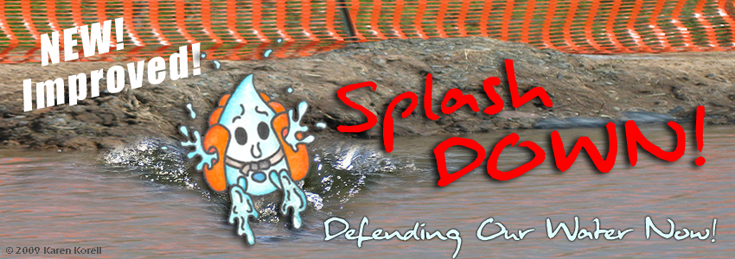



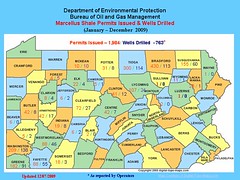

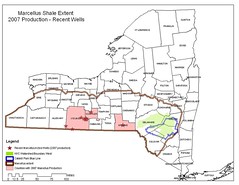

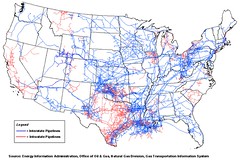
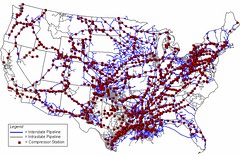



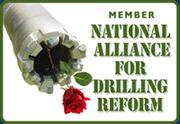





This is putting a smile on my face, so happy
ReplyDeletefor all that hardwork paying off. Good Luck
with follow-through. This would be great frame
work, for Texas to start with, we also have a
lot of clean-up to do. Thank you.
Hi this is a nice blog for getting information about web development. I really enjoy this blog. This is very interesting blog thanks for share your things related with Web site design.
ReplyDeleteWeb development
Web design Company
Web site development company
Pretty good post. I have just stumbled upon your blog and enjoyed reading your blog posts very much. I am looking for new posts to get more precious info. Big thanks for the useful info. Dharti News Urdu
ReplyDeletenike air max 270
ReplyDeletekd 12
off white
coach outlet online
jordan 13
cheap jordans
air yeezy
kyrie 6
golden goose
christian louboutin shoes